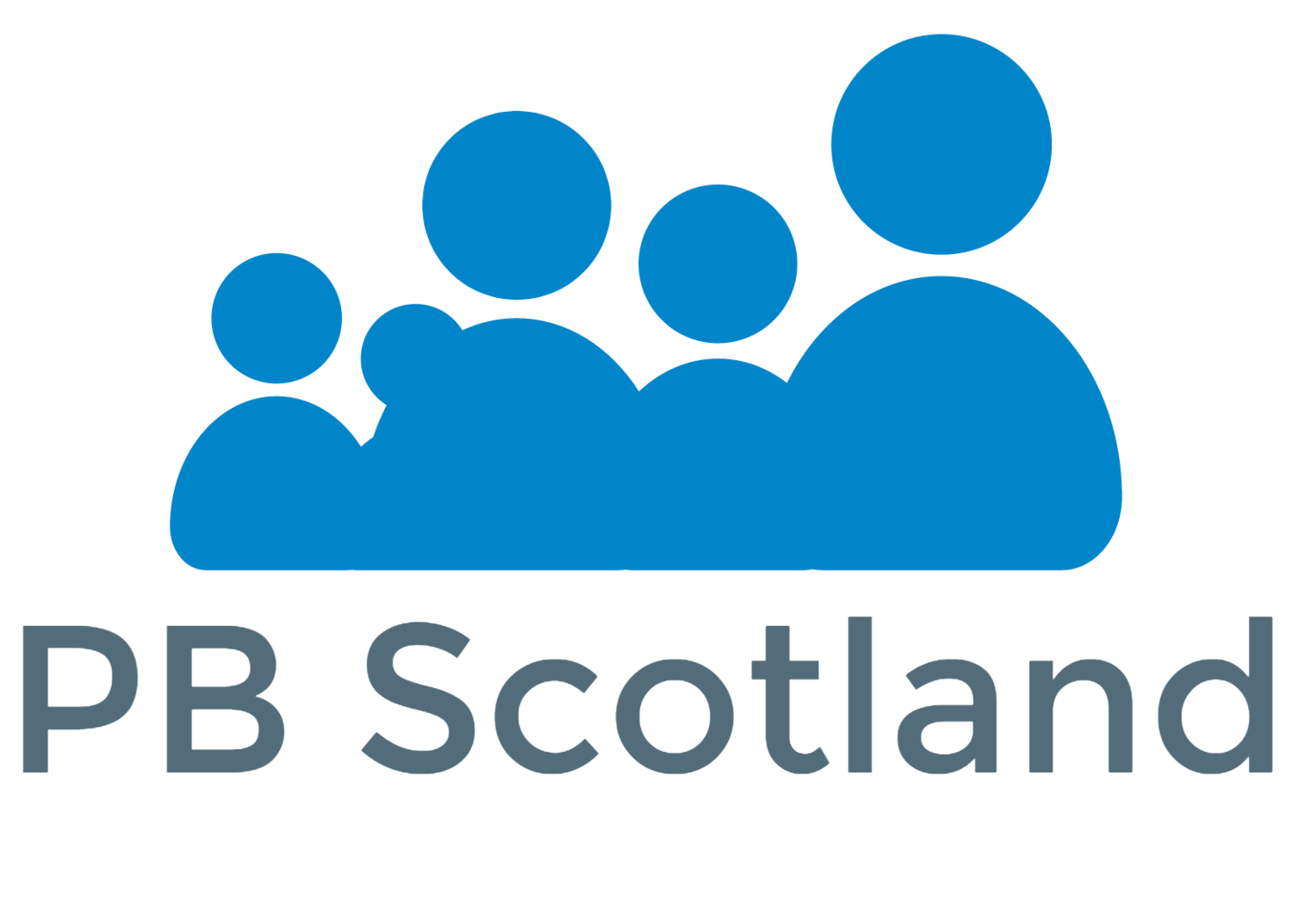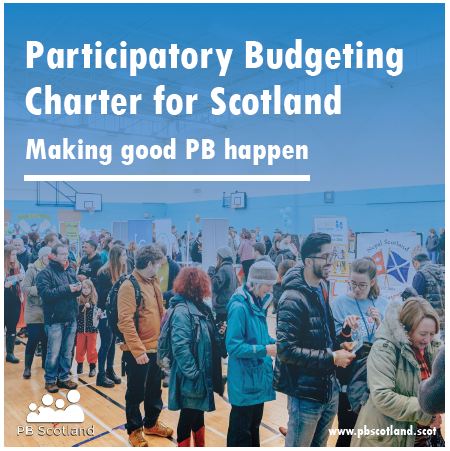Learning Event Report: Growing Participatory Budgeting in Scotland
/This event took place on Wednesday 30 March 2022 via Zoom
With participatory budgeting (PB) slowly coming back to our communities following lockdown and effort being made toward the 1% Mainstream PB Agreement - how do we grow and expand PB in the next 5 years?
This learning event brought together PB Scotland Network members to explore this question. Through a series of workshops, we explored how this practice might develop as we refresh, re-energise and re-establish PB as a key element of the development of participatory democracy in Scotland
Where we are now – and how we got here
PB has developed significantly and in the last few years we have seen it progress as a significant part of how decision making happens around pots of small grants funding and wider mainstream budgets.
A timeline of PB in Scotland - please email info@scdc.org.uk for an accessible version or a transcript
While the pandemic curtailed much of the planned PB activity, in the last year we’ve seen significant developments as work has been re-established:
National Strategic Group develop the PB Framework for Scotland
Continued development of mainstream PB across Scottish Local Authorities
Groups start to run PB processes again – using a combination of face-to-face and digital methods
Green PB emerges as a priority of the Scottish Government – including in the Programme for Government
The opportunities
The policy context remains supportive of PB, with a drive for increased community participation and influence in public policy-making, alongside support for citizens assemblies, engagement with the Scottish Parliament and a review of the Community Empowerment Act.
The community-led response to the pandemic also showed the power of greater involvement of communities in issues around resilience, addressing climate change and tackling poverty.
The challenges
What’s clear is that we’re still a long way returning to pre-pandemic levels. There are significant challenges around re-engaging and re-booting participation – and finding new ways of working. And, most pressing, how do we engage and involve the people who face the greatest barriers to participation? Tackling these inequalities has also been a significant feature of PB, now made more difficult as the impact of the pandemic becomes clearer.
Our workshops
Hosted by PB Scotland team members, our four workshops covered the key issues surrounding the future of PB in Scotland. Below we’ve featured some of the challenges and opportunities that emerged through participants’ discussions.
Growing involvement – of elected members, community planning and other agencies – in PB
Download workshop slides
This workshop explored how we can increase the involvement of and support from our elected members in PB processes. We also looked at other agencies and funders' involvement in PB and how this could be developed.
Opportunities:
There are new agendas for PB developing around important issues such as climate change and how we have a Just Transition to a carbon-free economy.
We are seeing opportunities for PB to link in with community planning and other local planning structures such as Local Area Partnerships and community boards.
Challenges:
Lack of political support for PB is a factor in some areas – this can also lead to a binary approach (administration v opposition) and not a consensual approach to PB in some local authority areas.
Monitoring/evaluation can still be difficult when we still need to ‘sell’ PB to some agencies and to some elected members. We need to demonstrate that more participation can only be a good thing.
Growing mainstream PB – considering different models
Download workshop slides
This workshop explored different models of mainstream PB in Scotland, New York and Brazil. The participants reflected on the PB process in Scotland and assessed the challenges and opportunities.
Opportunities:
Build on the area partnership models with more community involvement – we could have the community (delegates), officers and elected members coming together to move the mainstream PB model forward.
There is a role for the community and voluntary sector in mainstream PB to support ‘delegates’ and volunteers to be involved in decision making.
Challenge:
It’s hard to identify budgets and engage with departments to initiate mainstream PB. This way of working is very new to many departments which are not necessarily public facing. It will be incremental changes going forward with a lot of capacity building within the councils.
Growing PB in schools and with young people
Download workshop slides
This workshop explored the status of PB in schools, looking back on good practice, reflecting on the impact of covid on schools and youth organisations, and a look forward at where PB fits with the PB Framework particularly priorities 12, 13, and 14 around education, schools, and the attainment gap.
Opportunities
Explore different topics and models such as working with TSIs and Youth Banks, as well as exploring topics such within the curriculum.
Taking different, and more strategic, approaches to funding such as Investing I Communities, community benefit fund and authority wide approaches.
Challenges
How do we make approaches to schools where it isn't happening? How do we match funding with opportunities?
We need to build staff awareness and support for PB, as well embed the approach and ensure appropriate support and time to make it happen.
Growing Green PB – tackling climate change
Download workshop slides
This workshop explored how PB processes could potentially contribute to tackling climate change and further achieving a “just transition” to net zero carbon. Previous PB processes resulting in positive climate change activities were discussed as well as how this could be expanded successfully into the future.
Opportunities
Recognise what local peoples’ level of understand surrounding climate change is to begin with and work on developing from there – for some people climate change is too big an issue as life gets in the way and they are only interested in getting through the week. Climate change conversations should be started locally with communities at the appropriate level.
Interesting and exciting to see the difference PB was making locally in relation to peoples’ lives and climate change. Recording and measuring such impacts will make PB more relatable to local people and encourage more targeted Green PB activities.
Challenges:
Ensure, moving forward, that initiatives to tackle climate change and facilitate Green PB don’t further widen inequalities – look forward and make sure there is resources behind ensuring social justice components and that barriers to participation are removed.
Prevent PB Projects being greenwashed – ensure that they are indeed green projects and not simply social renewal activities wrapped in and environmental bow – place a real emphasis on how they are quantified.
Download this page’s text as a PDF: Exploring the next five years for Participatory Budgeting in Scotland









